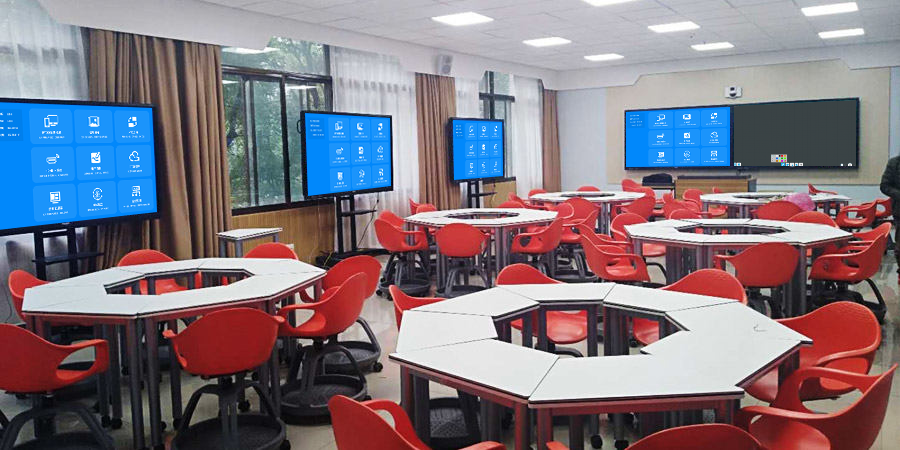How to Choose Screen Mirroring Protocols for Smart Classrooms? Pros and Cons Analysis of DLNA and AirPlay
Wireless screen mirroring is a must-have for building smart classrooms. However, with teachers and students using different device brands (both Apple and Android), should we support DLNA or AirPlay? This directly affects the fairness and smoothness of teaching experience. Based on teaching scenarios, this article deeply analyzes the pros and cons of both.
Value and Limitations of AirPlay in Smart Classrooms
- Value: Delivers an ultimate experience for Apple users. Teachers or students can perfectly mirror the entire screen of their iPad or iPhone, smoothly demonstrate app operations, and make annotations on courseware with almost no latency.
- Limitations: Excludes Android and Windows users, resulting in device discrimination that violates the principle of educational equity. A smart classroom supporting only AirPlay is incomplete.
Role and Shortcomings of DLNA in Smart Classrooms
- Role: Ensures basic fairness. Regardless of the device used by teachers or students, as long as the video app supports DLNA, they can stream course videos, teaching animations, and other resources to the large screen for playback.
- Shortcomings: Cannot realize screen mirroring, which limits interactivity. Students cannot fully share their problem-solving ideas or creative processes with others, failing to meet the needs of in-depth interactive teaching.
Best Practice for Smart Classrooms: Full Protocol Support
An excellent screen mirroring solution for smart classrooms should not force a “either-or” choice, but support AirPlay, DLNA, and Android’s standard Miracast protocol simultaneously.
- Solution: Achieve full protocol compatibility by deploying professional hardware mirroring adapters or software solutions.
- Effect: Apple users enjoy the smoothness of AirPlay, Android users use Miracast for screen mirroring, and all users can stream videos via DLNA. This truly achieves full-platform and full-scenario coverage.
For smart classrooms, inclusiveness is superior to a single optimal experience. Choosing a platform that supports AirPlay, DLNA, and other full protocols is the key to ensuring all teachers and students can equally participate in interactive teaching.
